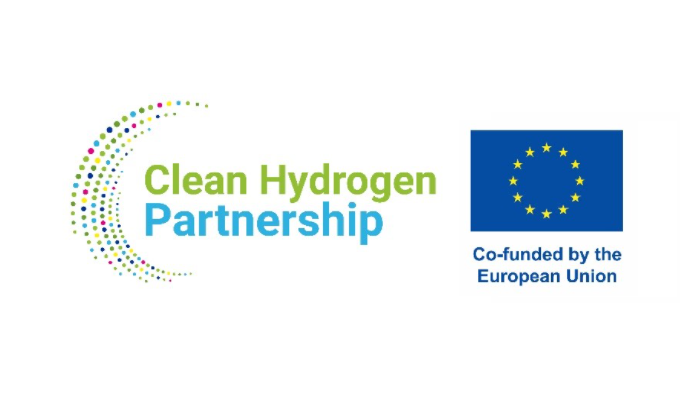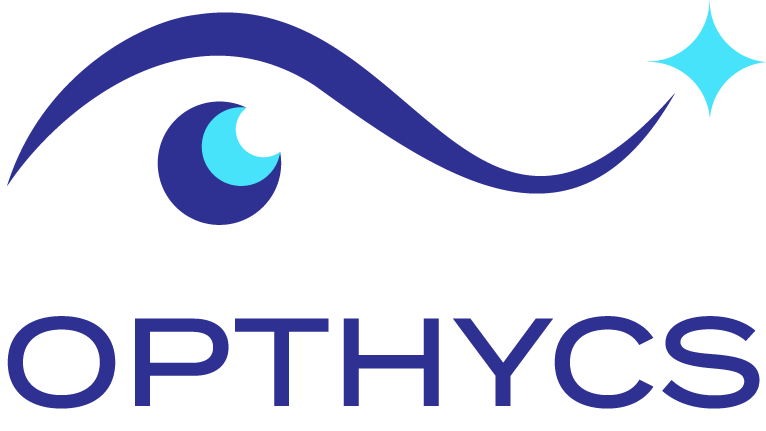
The Optic Fibre-Based Hydrogen Leak Control Systems project OPTHYCS has just been launched. Hydrogen has emerged as a required fuel and commodity needed for the decarbonization of the generation, distribution, storage, and energy consumption. Through the EU Hydrogen Strategy, the EC recognised the important role of hydrogen, and the need for the hydrogen market to be significantly scaled up. The boost in hydrogen production and its introduction in the energy market has raised an important challenge: reinforce security of hydrogen and prevent eventual greenhouse gases (GHG) emissions across its value chain.
In this sense, the OPTHYCS project will aim to develop new sensor technologies for continuous leak detectors based on optical fibre sensors technologies which will lead to anticipate eventual hydrogen applications risks, from production to storage and distribution, both in new infrastructure, working with pure H2, and in natural gas repurposed installations and pipelines, contributing to a safe and economically viable implementation of H2 production, transport and storage processes.
The OPTHYCS project is built upon 3 conceptual areas:
- Technology pillars analysis and definition of new sensor technology,
- Validation of key use cases (pipelines, Hydrogen refuelling stations and midstream sites such as compression and metering stations) of the new technologies in 3 different controlled validation sites, and
- Aspects of the technologies derived from the use cases, including the assessment of the security and environmental risks evaluations and regulatory framework, and a scalability and cost efficiency study.
Partners of the OPTHYCS project
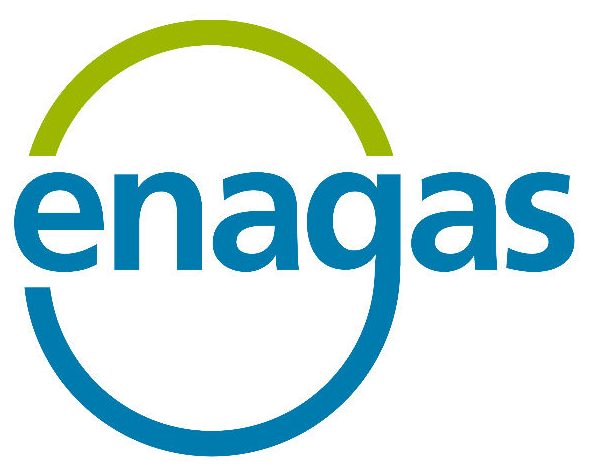
Enagás (ES)
Enagás is Spain’s TSO (Transmission System Operator) and Technical Manager of the Spanish gas system, with 50 years’ experience in the development, operation and maintenance of energy infrastructures. It has more than 12,000 kilometres of gas pipelines, three strategic storage facilities, eight regasification plants and operates in seven countries: Spain, the United States, Mexico, Peru, Albania, Greece and Italy.
In accordance with its commitment to the energy transition, Enagás has announced that it is bringing forward its goal of becoming carbon neutral to 2040. The company is committed to the development of renewable gases (such as biomethane or green hydrogen), sustainable mobility and energy efficiency, among other areas. The company is a world leader in its sector in the main sustainability indices, as the Dow Jones Sustainability Index World, is included in the CDP Climate Change A List 2021, and has obtained the highest ESG rating in its sector in the FTSE4Good sustainability index. Enagás is leading the OPTHYCS project.
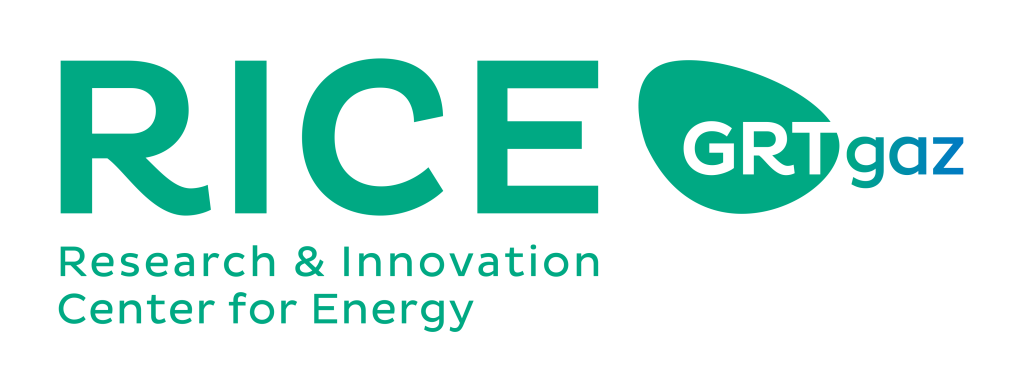
GRTgaz (FR)
GRTgaz is a European leader in NG transmission and a world expert in gas systems. In France, the company operates more than 32,000 km of buried pipelines to transport gas from suppliers to consumers connected to its network. Within GRTgaz, the R&D Center for Energy (RICE) is the division dedicated to R&D in Research, Development and Innovation for gas infrastructure. GRTgaz-RICE provides tested and proven industrial applications, as well as technical offers based on the development and the sharing of innovative ideas, scientific knowledge and technical expertise developed within the framework of the gas infrastructure, covering 3 main areas:
- Integrity of metallic and nonmetallic networks;
- Improvement of operational performance, industrial safety and asset management of industrial infrastructure, and
- Analysis, odorization, detection and metering of gases.
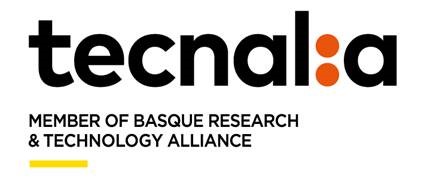
Tecnalia (ES)
TECNALIA Research and Innovation is the first private applied research centre in Spain and the 5th in Europe. In the field of Hydrogen, TECNALIA has been working since 2002 on the development of several technologies within the whole value chain of hydrogen, including hydrogen generation, distribution, transport, storage, and end uses. Moreover, TECNALIA has a new department “Hydrogen Technologies”, with two objectives:
- coordinating all the activities related to hydrogen at TEC, and
- developing specific technological solutions for the hydrogen value chain, being Electrolysis technologies the key research line.
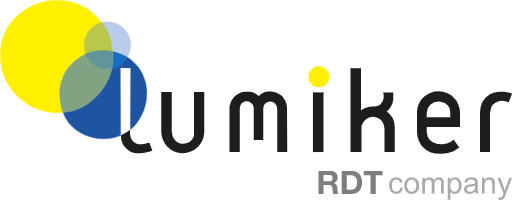
Lumiker (ES)
LUMIKER is an entity that has been developing advanced photonic sensors for biotechnology analysis, FBG and Brillouin critical location and distributed fibre optic solutions since 2010 and the first company in the world to develop the measurement of current utilizing the FARADAY effect with our own technologies.
LUMIKER provides condition monitoring solutions based in photonic and fibre optic sensors for critical asset management.
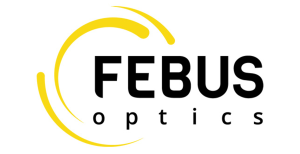
FEBUS Optics (FR)
FEBUS manufactures distributed optical fibre sensing systems: DTS, DSS and DAS. FEBUS brings robustness, flexibility, and cost-effectiveness in all its monitoring solutions for real-time surveillance systems of different infrastructures. FEBUS provides solutions in several markets: Structural Health Monitoring, pipeline integrity monitoring, landslides and intrusion detection, umbilical, power cable and risers life cycle assurance.
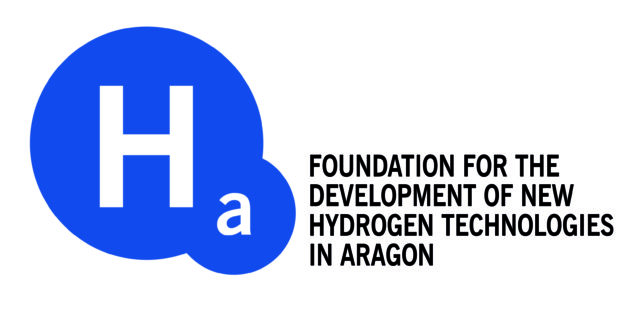
Aragon Hydrogen Foundation (ES)
FH2A is a private non-for-profit technological centre promoted by the Regional Government of Aragón (Spain), other public bodies and private companies. Its team manages R&D projects in cooperation with regional, national and EU companies. FH2A has been supporting the regional strategy for the uptake of hydrogen and fuel cell technologies, publishing the Hydrogen Master Plan in Aragón, and showcasing the whole H2 chain from production to the efficient use, from renewable sources. FH2A also develop training from students to technicians and D&C activities.
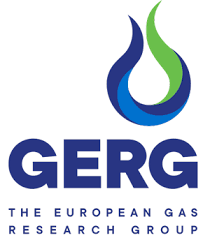
GERG (BE)
GERG (The European Gas Research Group), along with its member organisations, work with the European energy community to develop innovative solutions in the European gas infrastructure of the energy system. GERG is an association that represents R&D interests and coordinates corresponding efforts of its
members on a EU level. GERG membership includes EU TSOs, DSOs, major NG suppliers, universities and research institutes, as well as international standardisation organisations.
About the Clean Hydrogen Partnership
The Clean Hydrogen Partnership is supporting research and innovation (R&I) activities in hydrogen technologies in Europe. It aims to accelerate the development of advanced clean hydrogen applications ready for market, across end-use sectors such as energy, transport, building and industry, while strengthening the competitiveness of the clean hydrogen value chain. The members of the partnership are the European Commission, fuel cell and hydrogen industries represented by Hydrogen Europe and the research community represented by Hydrogen Europe Research.
The OPTHYCS project has received funding from the Clean Hydrogen Partnership under grant agreement No. 101101415.
